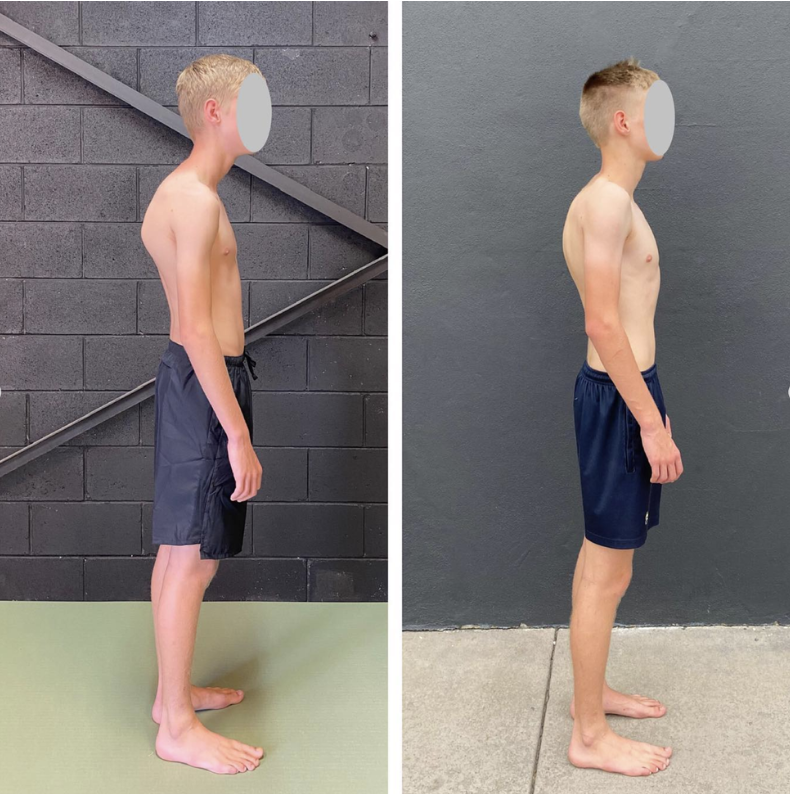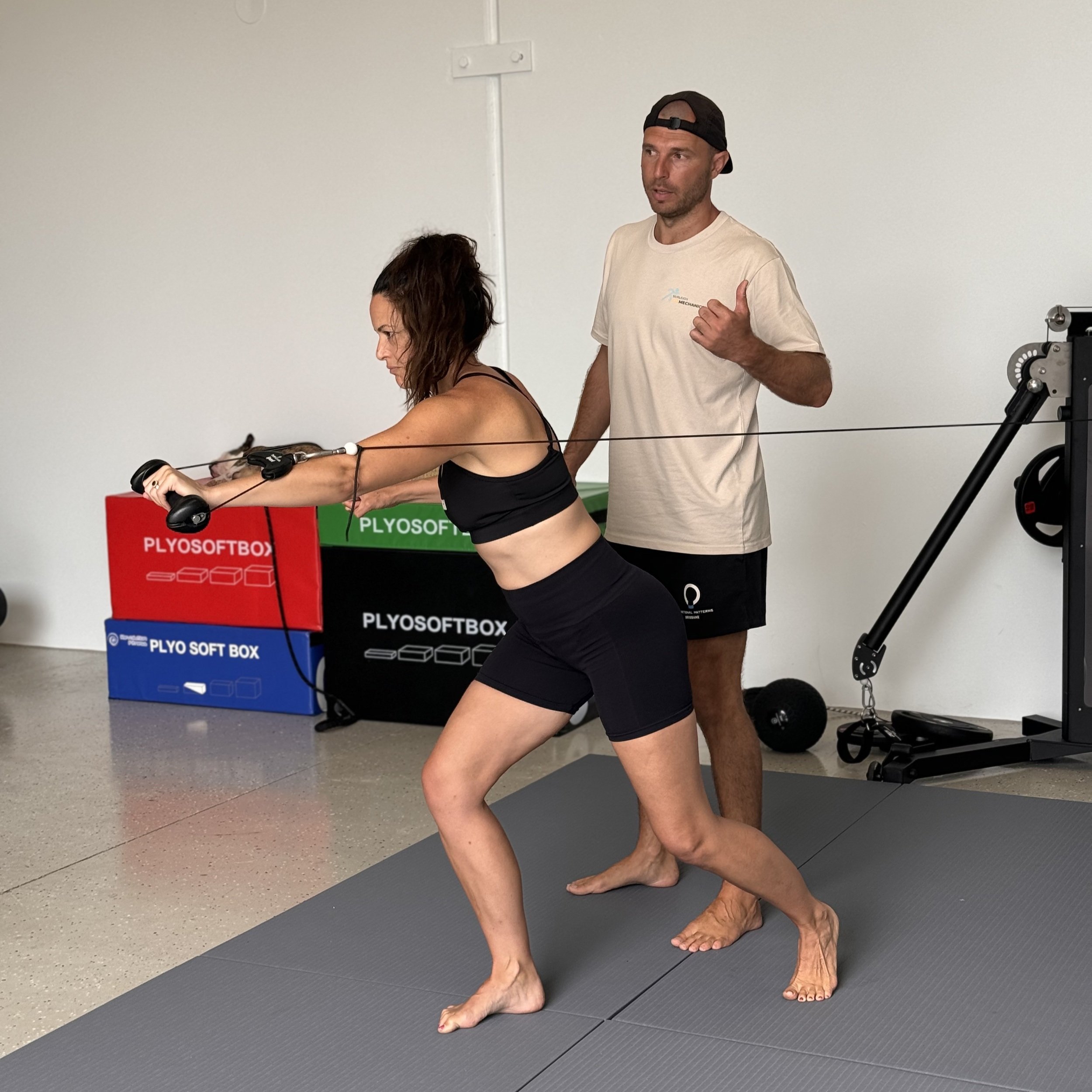Fixing Neck Posture the Right Way: A Functional Approach
Neck pain and poor posture often go hand in hand. If you struggle with a hunched posture, leaning forward posture, or chronic neck tension, the issue likely runs deeper than just weak neck muscles.
Many people try neck and posture exercises without long-term success. This occurs because they don’t address the root cause—how the entire body moves and functions. This blog will explain how to fix posture neck issues using the Functional Patterns methodology. Focusing on full-body movement patterns rather than isolated exercises.
The Real Cause of Neck Posture Issues
Most people assume that poor posture starts at the neck, but the problem often begins lower in the body. A forward head posture, for example, is usually a compensation for imbalances in the spine, shoulders, and hips. The body lacking proper posture and alignment forces the cervical spine into unnatural positions. The more time spent in a bad posture, the harder it becomes for the body to maintain a neutral position.
Modern habits like sitting at a computer screen for long periods, slouching, and lack of movement cause the neck and shoulder muscles to become tight and weak. This imbalance leads to pain, stiffness, and long-term spinal issues. Instead of focusing solely on neck exercises, the key is improving your posture as a whole.
Why Traditional Approaches Fall Short
Typical treatments for neck pain include physical therapy, stretching and strengthening routines, and posture braces. While these may offer temporary relief, they don’t correct the underlying movement dysfunctions. A physical therapist might focus on exercises for bad posture neck issues, but without integrating full-body movement patterns, the benefits are short-lived.
Most common recommendations include:
Stretching the chest muscles
Strengthening the neck and shoulder muscles
Practicing proper posture by touching the wall with your back
These can help, but they won’t fix the problem long-term unless they are applied in a way that integrates with your entire movement system. Functional Patterns takes a different approach by retraining movement from the ground up.
How to Improve Neck Posture with Functional Movement
Instead of isolating the neck, Functional Patterns focuses on how posture for neck health is connected to walking, running, and standing. The goal is to restore balance in the body so the cervical spine aligns naturally without forcing it into position. Here’s how it works:
Assess Your Movement Patterns
Identify imbalances in the way you walk, stand, and move.
Look at how your shoulder blades, hips, and spine contribute to poor posture.
Engage the Right Muscles
Strengthen the deep core muscles instead of just the neck muscles.
Squeeze your shoulder blades properly to improve alignment without overcompensating.
Rebuild Functional Strength
Focus on movements that integrate the entire body, such as rotational exercises and proper gait mechanics.
Avoid static stretching and strengthening that isolates muscles without improving movement efficiency.
Correct Forward Head Posture Naturally
Many people ask, "How long does it take to correct forward head posture?" The answer depends on consistency and proper training.
Functional training provides long-term results by teaching the body how to move efficiently in daily life.
The Role of Movement in Counteracting Prolonged Sitting
A major reason why neck posture issues are so common today is prolonged sitting. Many believe sitting itself is the problem, but the real issue is how we move. When the body is trained to move efficiently, occasional sitting is less detrimental.
A well-functioning body can transition between sitting, standing, and movement without excessive strain.
Sitting doesn’t have to cause poor posture if the body has the strength and coordination to maintain proper alignment.
Instead of just adjusting your workstation or taking breaks, focus on movement training that reinforces good posture even when seated.
By addressing posture through movement rather than restriction, Functional Patterns helps prevent neck pain and spinal issues from developing in the first place.
Why Functional Patterns Works for Neck Posture
Unlike conventional approaches that rely on stretching and strengthening alone, Functional Patterns rewires movement patterns to create lasting change. By improving posture through proper biomechanics, you avoid the cycle of temporary fixes and actually fix posture at the root.
Key Benefits:
Addresses full-body imbalances instead of isolating the neck.
Strengthens deep postural muscles for long-term improvement.
Restores natural movement patterns, reducing strain on the cervical spine.
Prevents common issues like neck pain, shoulder tightness, and hunched posture.
If you’re looking for real solutions on how to improve neck posture, start by focusing on full-body function. Functional Patterns corrects posture by improving movement efficiency rather than relying on temporary fixes. Instead of just doing exercises for bad posture neck issues, train your body to move correctly and let proper posture become effortless.
At Burleigh Biomechanics, we specialise in helping people fix posture and movement dysfunctions at the root. Book an assessment today and learn how Functional Patterns can help you move and feel better for the long term.




